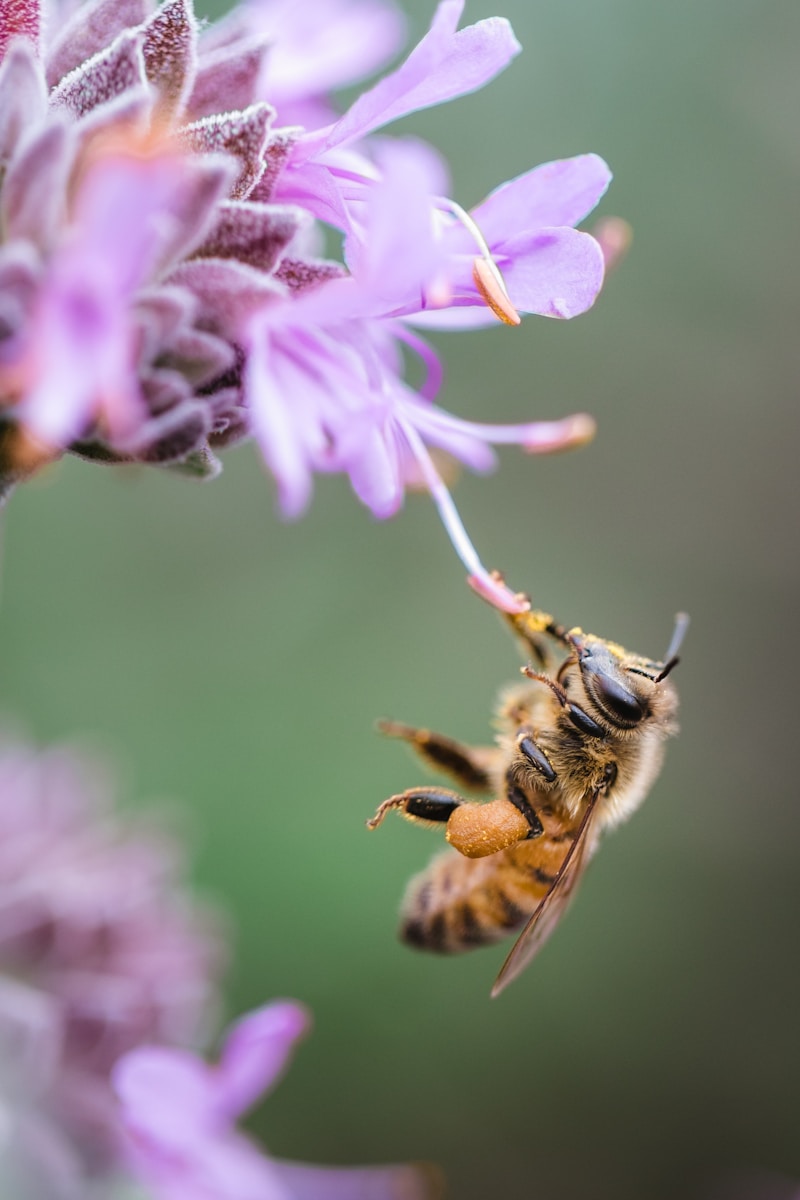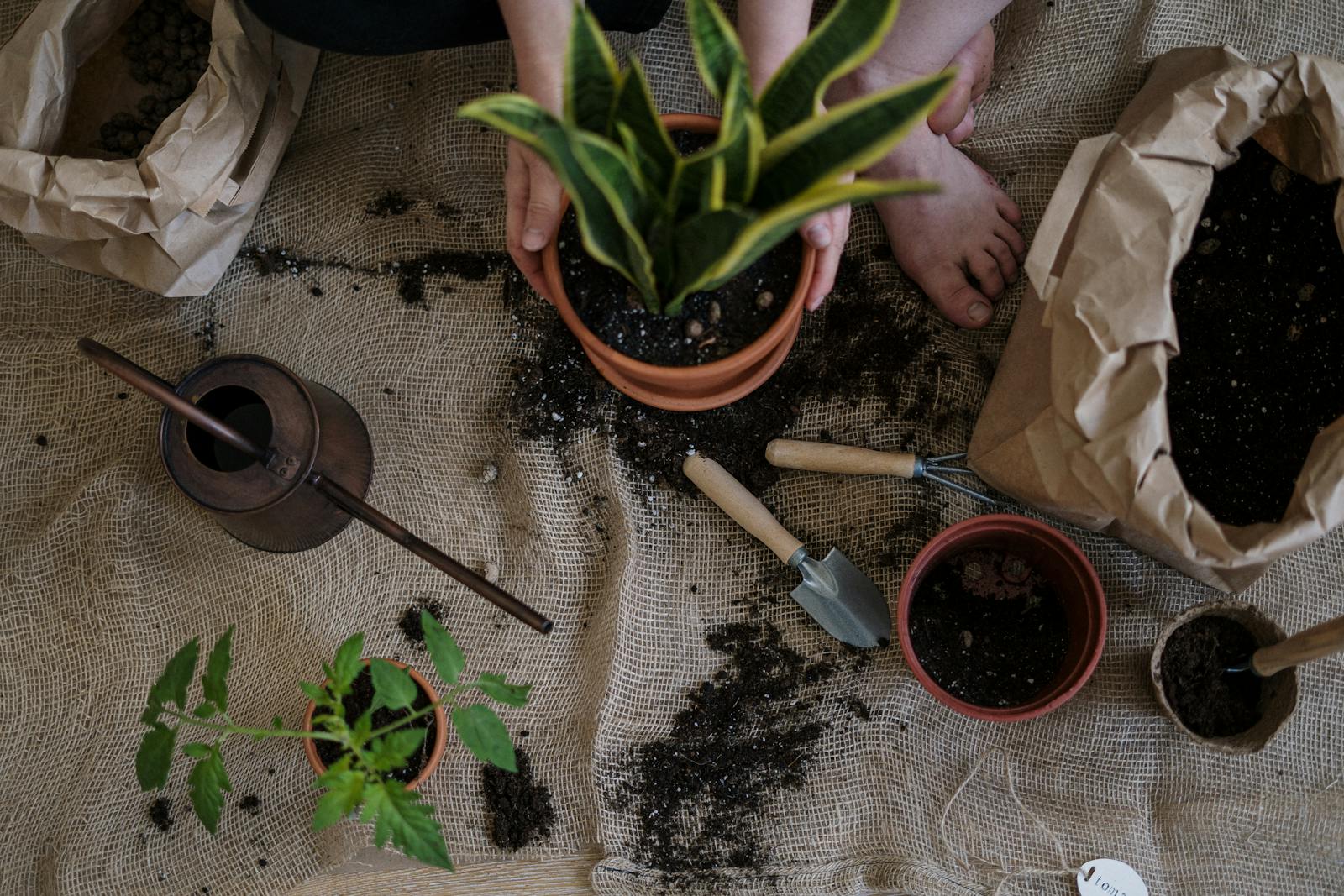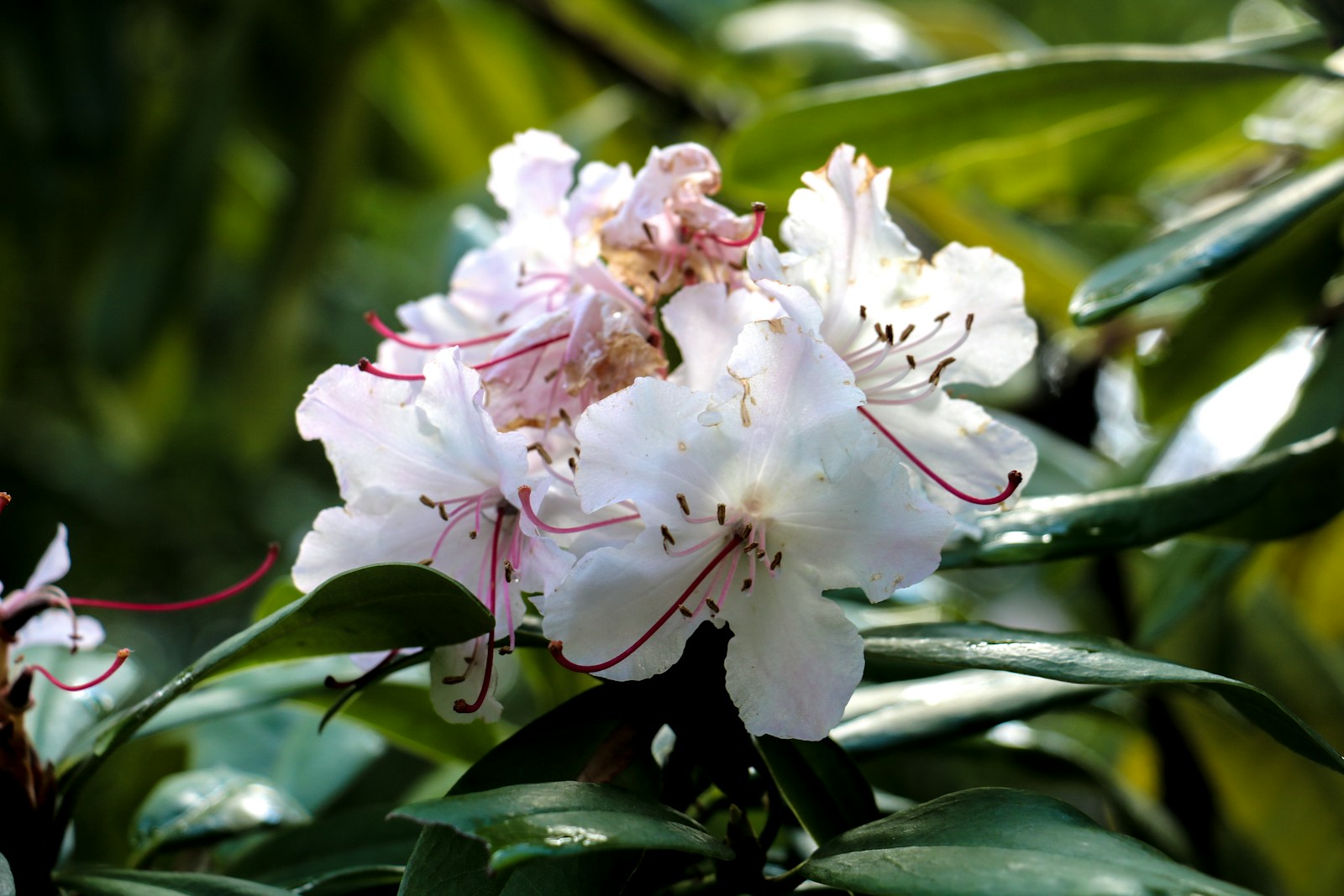Designing a Pollinator-Friendly Garden
The Importance of Pollinators in Your Garden
Pollinators are essential to any thriving garden. Bees, butterflies, hummingbirds, and other creatures help fertilize plants by moving pollen from flower to flower. This process leads to the production of fruits, vegetables, and seeds, ensuring both biodiversity and food supply.
Unfortunately, many pollinator populations are declining due to habitat loss, pesticide use, and climate change. By designing your garden with pollinators in mind, you can create a haven that supports their survival while enhancing your garden’s productivity and beauty.
Even small spaces can become pollinator hotspots with the right plants and design. It’s a meaningful way to connect with nature and contribute to a healthier ecosystem.
Choosing the Right Flowers for Pollinators
The best way to attract pollinators is by planting the flowers they love most. Native plants are especially important—they’ve evolved alongside local pollinators and provide the nectar and pollen they need. Aim for a diverse mix that blooms from early spring through fall.
Consider planting coneflowers, bee balm, milkweed, and black-eyed Susans. Herbs like lavender, thyme, and oregano are also great choices. These plants not only support pollinators but add texture, color, and fragrance to your garden.
Stick with single-petaled flowers, which are easier for insects to access. Avoid hybrids that prioritize appearance over pollen production. The more diverse your plant list, the more pollinators you’ll welcome.
Planning for Continuous Blooms
One of the most effective strategies in designing a pollinator-friendly garden is ensuring that something is always in bloom. Pollinators rely on flowers for food throughout the growing season, so aim for overlapping bloom times among your plants.
Start with crocus and hyacinths in early spring, followed by summer staples like zinnias and sunflowers. Finish with fall bloomers such as goldenrod and sedum. This approach keeps your garden active and colorful for months.
Make a simple calendar or planting chart to map out when each flower peaks. It’s a helpful visual tool and ensures no gaps in food supply for your winged visitors.
Creating Shelter and Nesting Spaces
Pollinators need more than just flowers—they also need safe places to rest, nest, and overwinter. Providing shelter turns your yard into a true sanctuary. Different species require different structures, so diversity is key.
Leave some bare ground for ground-nesting bees, and add a few brush piles or logs for solitary bees and beetles. Install bee hotels or nesting boxes for cavity dwellers. Allowing some leaf litter to remain also benefits overwintering insects and larvae.
These natural materials blend into your garden’s design and support life beyond the bloom season. A garden with structure and purpose becomes a home, not just a food source.
Avoiding Pesticides and Chemicals
To maintain a truly supportive environment, it’s critical to limit or eliminate pesticide use. Many chemicals designed to kill pests also harm beneficial insects. Even small exposures can disrupt pollinator behavior or lead to long-term decline.
Choose organic gardening methods and integrated pest management strategies. Encourage beneficial insects like ladybugs and lacewings that naturally control aphids and other harmful bugs. Handpick larger pests if needed, and rotate crops to reduce disease pressure.
When chemical control is unavoidable, use targeted treatments in the early morning or evening when pollinators are less active. Always read labels carefully and choose the least toxic option available.
Incorporating Water Features
Adding a simple water source can significantly boost the appeal of your garden to pollinators. Bees and butterflies need water just like any other living creature, and a shallow source can serve that need beautifully.
Use a birdbath with stones or pebbles to give insects a place to land safely. A small fountain, saucer, or even a hollowed rock that collects rainwater can also serve the purpose. Change the water regularly to prevent mosquitoes and maintain cleanliness.
These features not only support pollinators but also enhance the sensory experience of your garden. The sound and movement of water bring life and calm to the space.
Choosing Native Over Exotic Plants
Native plants are a cornerstone of ecological gardening. They’re well-suited to local climates, need less water and care, and most importantly, they match the needs of native pollinators far better than exotic varieties.
Look for regional wildflower mixes or visit a native plant nursery to get started. These plants have co-evolved with local insect species and tend to offer more accessible nectar and pollen.
By using native selections, your garden will flourish naturally and provide higher-quality resources to the pollinators you want to attract. Plus, you’ll be preserving local biodiversity in the process.
Layering Heights and Structures
Diversity in garden structure helps different pollinators find their ideal niches. Layered plantings with varying heights mimic natural meadows and woodlands, offering vertical shelter and a range of floral access points.
Start with ground covers and low-growing herbs. Add mid-height plants like lavender and coreopsis, and include taller specimens such as joe-pye weed or flowering shrubs. This structure encourages species diversity and supports more consistent visitation.
Even the shape of flowers matters—tubular blossoms draw hummingbirds, while flat flowers are better for butterflies. Variety in plant form leads to variety in pollinators.
Using Containers to Support Pollinators
You don’t need a yard to help pollinators thrive. Container gardening works wonderfully on patios, balconies, or porches. It’s flexible, accessible, and surprisingly effective when planned with intention.
Choose containers with good drainage and group them for a fuller effect. Mix flowers, herbs, and small shrubs that offer overlapping blooms. Add stones or sand trays nearby for nesting or water access.
By clustering containers and rotating plants seasonally, you maintain a consistent floral supply. Even in a small footprint, you can contribute meaningfully to pollinator conservation.
Educating Others and Leading by Example
One of the most powerful things you can do beyond your own yard is to inspire others. Share your garden’s progress, swap seeds, or invite friends to see how your space supports pollinators. Every shared idea has the potential to grow a movement.
Put up a simple garden sign or marker to let visitors know your space is pollinator-friendly. Engage your local community or neighborhood garden groups to spread awareness about the importance of these habitats.
Even small conversations can encourage more pollinator-friendly practices, multiplying your impact and creating a ripple effect that benefits both people and nature.
Maintaining Habitat Year-Round
Pollinator support shouldn’t stop with summer blooms. Creating a four-season garden ensures that food, water, and shelter are available even when temperatures drop. Consider how your garden looks and functions across all seasons.
Leave some seed heads and dried grasses through winter. These provide both food and cover. Evergreen shrubs offer shelter from the wind, and early-blooming bulbs give bees a head start in spring.
With thoughtful choices, your garden can serve as a valuable habitat no matter the month. It’s one of the best ways to ensure long-term support for wildlife.
Minimizing Lawn Space for More Habitat
Lawns offer little for pollinators. By reducing the size of your turf area, you create more space for habitat-rich planting. Replace portions of grass with wildflowers, ground covers, or native grasses.
Consider adding a meadow strip or a pollinator island in the center of your yard. These changes not only support pollinators but also reduce the need for watering and mowing, making your landscape more sustainable overall.
Even replacing just a few square feet can dramatically increase the biodiversity and beauty of your garden space.
Designing Pathways and Borders
Pathways and borders do more than guide the eye—they also define space and improve access. When placed thoughtfully, they can enhance the flow of your garden and make it easier to maintain.
Use natural materials like stone, mulch, or gravel for walkways. Curved paths can add interest, while straight lines create a more formal look. Border areas are ideal for planting smaller pollinator favorites like thyme, alyssum, or creeping phlox.
Integrating functional and aesthetic elements ensures your garden works well for both people and pollinators.
Combining Beauty and Ecology
Creating a space that looks good and does good is fully possible with the right approach. Pollinator gardens are often among the most beautiful because they’re rich in life and color. They change with the seasons and attract vibrant activity.
Combine color harmonies with practical plant choices. Use repetition for rhythm, but introduce enough variety to stay visually interesting. Think of your garden as a living canvas that serves an ecological purpose.
The result is a space you’ll love spending time in—one that supports wildlife while providing daily joy and inspiration.
Staying Flexible and Observant
No garden is ever truly finished. Conditions change, and so do the needs of pollinators. Staying flexible allows you to respond to what’s working and what isn’t. Regular observation helps you fine-tune your planting and design.
Track which flowers attract the most visitors. Take notes on bloom times and how weather affects growth. Adjust watering and maintenance routines as needed. Your role is part gardener, part naturalist, always learning and adapting.
With attention and care, your garden will grow better every season—becoming more resilient, more diverse, and more alive.
Frequently Asked Questions
What flowers attract the most pollinators?
Native flowers like coneflowers, milkweed, bee balm, and goldenrod are top choices. They offer the nectar and pollen local pollinators need and tend to bloom profusely throughout the growing season.
Do I need a large space to start a pollinator garden?
No. Even a few containers or a small garden bed can attract pollinators. The key is diversity in plants, continuous blooms, and pesticide-free care—no matter the size of the space.
Can I use herbs in my pollinator garden?
Absolutely. Herbs like thyme, mint, lavender, and oregano are excellent for pollinators. Allow some to flower, and you’ll see bees, butterflies, and even hummingbirds visit regularly.
How do I avoid using harmful pesticides?
Choose organic methods like handpicking pests, using neem oil, or introducing beneficial insects. Healthy soil and companion planting also help prevent pest outbreaks naturally.
When should I plant flowers to support pollinators?
Spring and early fall are ideal for planting. This gives roots time to establish. Just be sure to choose flowers that bloom across different seasons to provide ongoing food sources.
© 2025 GardeningandDecor.com. All rights reserved.



